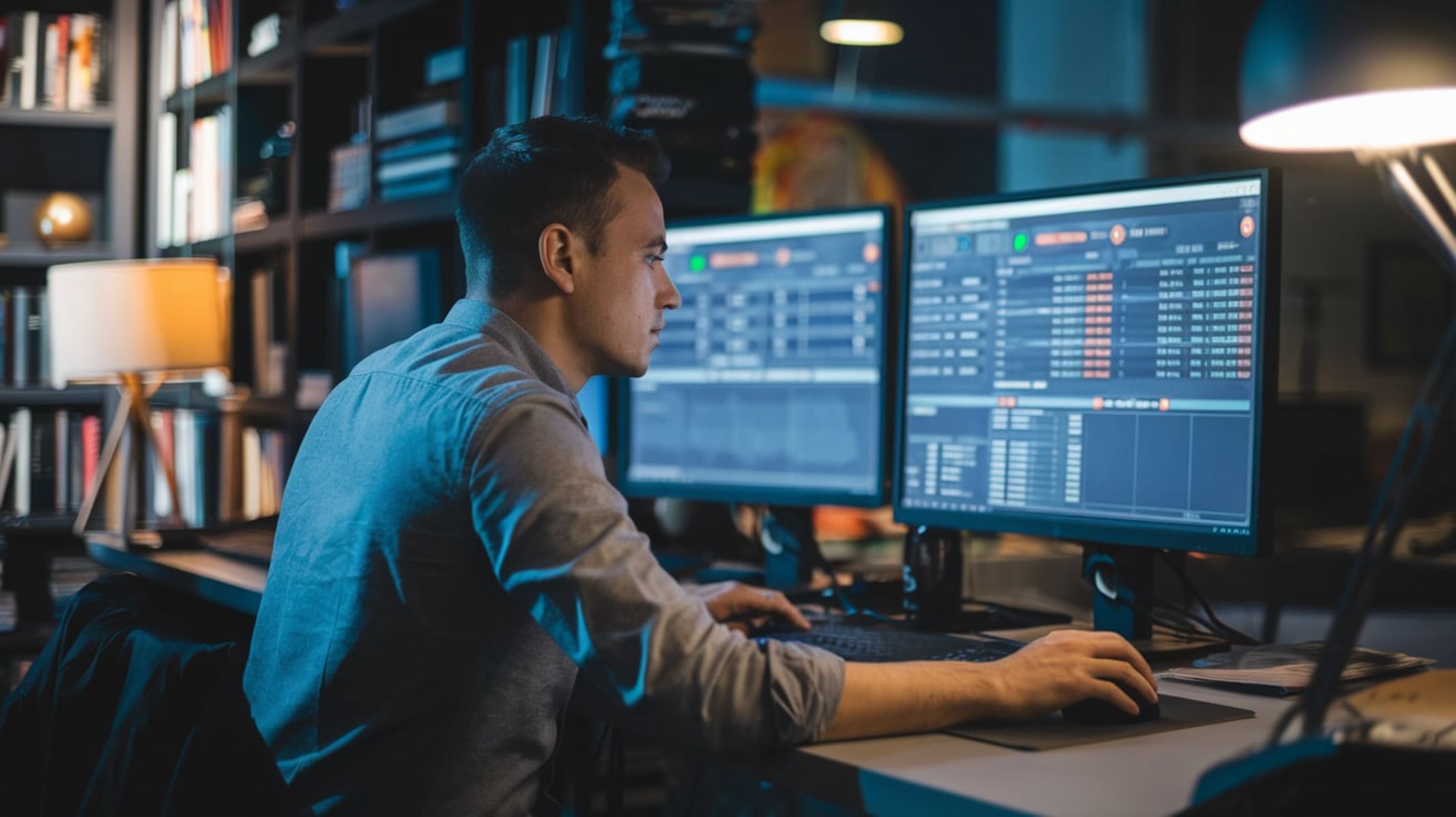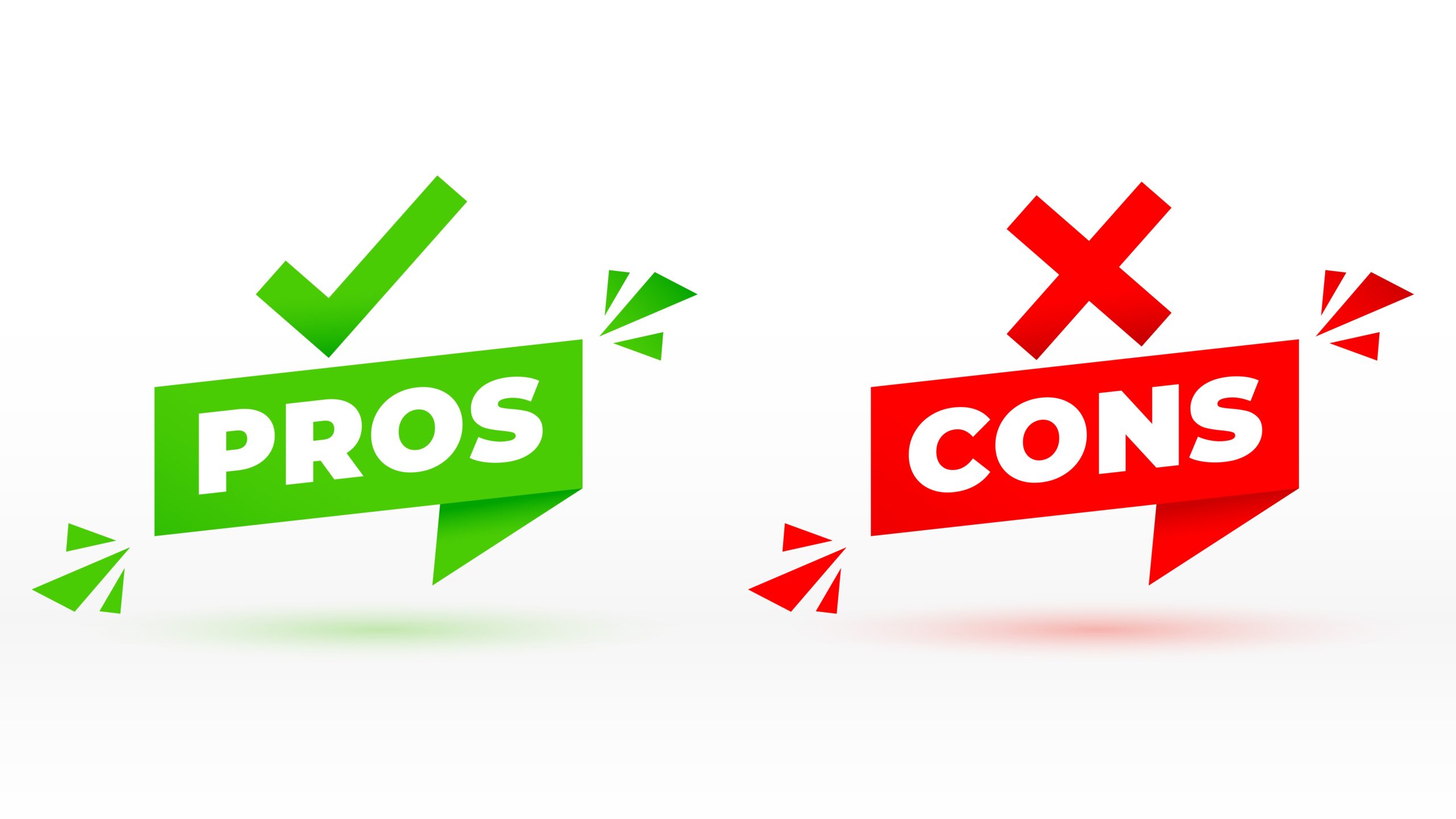When diving into the world of sports betting, the key to long-term success isn’t just about picking winners – it’s about spotting value in the odds. In Indian sportsbooks, this becomes even more important as the market grows and more people get involved. But how do you actually identify value in those odds? How can you be sure you’re not just betting based on gut feelings, but on sound analysis?
Understanding Sports Betting Odds
Sports betting odds are numerical representations that indicate the potential payout for a bet and the probability of a specific outcome. Bookmakers set these odds based on a variety of factors, including team performance, player injuries, and betting trends among the public. By analyzing these variables, bookmakers aim to balance their books while providing bettors with opportunities to place wagers. The odds also help gamblers assess the risk and potential reward of their bets.
In India, sportsbooks typically present odds in three main formats: decimal, fractional, and American. Each format conveys the same information but is structured differently, catering to diverse preferences and levels of familiarity among bettors. Decimal odds, which are most common in Indian sportsbooks, are straightforward and easy to calculate. For example, odds of 2.00 indicate that for every ₹1 you bet, you would receive ₹2 in return if you win.
Fractional odds, often used in traditional sportsbooks, present the potential profit relative to the stake. A ratio like 5/1 means a bettor would win ₹5 for every ₹1 wagered. This format is especially popular in horse racing and other traditional betting markets. On the other hand, American odds use positive and negative numbers to reflect the payout or the amount needed to place a bet. For example, +200 implies a ₹100 wager would earn ₹200 in profit, while -150 means a ₹150 stake is required to win ₹100.
Understanding these formats is crucial for bettors looking to make informed decisions. Familiarity with odds allows players to calculate potential payouts, assess the implied probability of an event, and identify value bets more effectively. Whether using decimal, fractional, or American odds, grasping the basics helps ensure a smoother and more strategic betting experience.
The Concept of “Value” in Sports Betting
Understanding the concept of “value” in sports betting is essential for making profitable decisions. “Value” refers to situations where the odds offered by a sportsbook are better than the actual probability of an outcome occurring. By identifying these discrepancies, bettors can maximize their potential returns.
- Understanding Value Through Odds and Probability
If a sportsbook provides odds of 2.50 for a cricket match outcome, it implies that the event has a probability of 40% (calculated as 1/2.50). However, after conducting thorough research on factors such as team performance, injuries, and playing conditions, you might determine that the true probability of this outcome is closer to 33% (or true odds of 3.00). In this case, the sportsbook’s odds are more favorable than the actual likelihood of the event. - Identifying Value in Betting
When you identify a situation where your calculated probability suggests the true odds should be higher, you’ve spotted a value bet. In the example above, the sportsbook is offering a payout at 2.50 odds, while the real chance indicates it should be 3.00. This discrepancy provides an opportunity for a potentially profitable wager. - Why Value Matters
Betting on odds that exceed the true probability creates an edge for the bettor. In the long run, consistently identifying and wagering on value bets increases the likelihood of making a profit. Without focusing on value, bettors risk losing money due to unfavorable odds that align too closely with the sportsbook’s advantage. - Key to Spotting Value
Spotting value requires careful research, including analyzing team or player stats, current form, external conditions, and market trends. It’s not about betting on favorites but about leveraging insights to exploit mismatched odds. Successful bettors prioritize value over intuition or emotion when placing bets.
Why Is Spotting Value So Important in Indian Sportsbooks?
| Reason | Explanation | Example | Impact | Outcome |
| Inflated Odds for Favorites | Many bettors place bets on the most popular teams, inflating the odds for these favorites. | A popular cricket team may have odds of 1.50, despite a lower chance of winning. | You’re betting on a favorite with less potential return. | Betting on the favorite might not provide a good return compared to the risk involved. |
| Underestimated Odds for Underdogs | Underdogs often have odds set too high, reflecting a lack of interest from the majority of bettors. | A lesser-known football team might have odds of 4.00, despite having a solid chance to win. | Underdogs can offer better value if their true probability is higher than the odds suggest. | Betting on underdogs with real value can yield higher profits in the long run. |
| Crowd Mentality | Following the crowd leads to betting on favorites, causing bookmakers to set inflated odds. | Bettors may flock to wager on a popular cricket team, causing the odds to drop. | The odds are skewed due to the collective betting behavior. | This creates an opportunity to place value bets against the crowd. |
| Long-Term Profitability | Consistently identifying value bets allows bettors to profit over time. | A bet on an underdog with true odds of 3.50 might have a higher payout than a favorite. | It’s about finding discrepancies between true probability and odds offered. | Consistent value betting can result in better overall returns. |
| Better Betting Strategy | Spotting value is an essential part of developing a strategic approach to sports betting. | Analyzing team stats, form, and conditions to bet on an undervalued team. | A strategy focused on value can reduce losses and increase profitability. | Long-term strategy based on value betting yields better results than emotional bets. |
Understand the Basics of Probability
To spot value in sports betting, it is crucial to first understand the concept of probability. Probability refers to the likelihood of a specific outcome occurring in any given event. Every bet placed carries a certain probability of winning, which sportsbooks use to set the odds. These odds are an expression of the probability of an event happening, and understanding them is key to making informed betting decisions.
The process of calculating implied probability from odds is simple but essential. Implied probability refers to the probability that the bookmaker has assigned to an outcome based on the odds they provide. The formula to calculate implied probability from decimal odds is as follows:
Implied Probability (%) = 1 / Decimal Odds × 100
For example, if the decimal odds are 2.50, you would calculate the implied probability as follows:
Implied Probability = 1 / 2.50 × 100 = 40%
This means that the bookmaker believes the event has a 40% chance of happening. If you believe that the true probability of the event occurring is higher than this, the odds offered by the bookmaker represent value. In such cases, betting on that outcome can be profitable, as the true likelihood of the event happening is underestimated by the odds.
By understanding implied probability and comparing it with your own analysis of an event’s actual probability, you can identify value bets and increase your chances of long-term success in sports betting. This basic knowledge of probability is a foundation that allows you to make smarter decisions and avoid bets that are based on faulty assumptions or emotional bias.
Research and Analyze Team Performance
One of the most important factors in spotting value in sports betting is understanding how well teams or players are performing. Sportsbooks will adjust their odds based on various elements, including a team’s form, head-to-head statistics, injuries, and external factors like weather conditions.
- Cricket
In cricket, team performance is influenced by several key factors:- Batting and Bowling Sides: Assessing the strength of both the batting and bowling lineups is crucial. A strong batting team against a weak bowling attack could result in higher odds for the batting side. Conversely, a strong bowling unit could reduce the chances of the opposing team’s success.
- Pitch Conditions: The condition of the pitch plays a major role in a match’s outcome. For example, a pitch favoring spin bowlers might influence the odds if the team has a strong spin attack.
- Recent Performances: Analyzing how a team has performed in recent matches provides insight into their current form. Teams on a winning streak may have odds that don’t reflect their true probability, offering potential value for bettors who believe the streak will continue or end.
- Football
Football betting requires a comprehensive analysis of various performance factors:- Team Form: The current form of both teams is essential. A team that has been winning consistently may be favored by sportsbooks, potentially inflating the odds for them. This could provide value if you believe the underdog is more capable than the odds suggest.
- Home vs. Away Performance: Teams often perform differently depending on whether they are playing at home or away. For example, a team with a strong home record may have odds that are skewed if they are playing at home, while the same team might have better odds away.
- Injuries: Key player injuries can significantly impact a team’s chances. If a sportsbook hasn’t adjusted the odds enough to reflect an important injury, there may be value in betting against the affected team.
- Importance of the Match: The stakes of the match can influence how a team performs. For example, a team with nothing to lose in a final match may outperform expectations, presenting a value opportunity for those who analyze the importance of the game.
Monitor Line Movements
| Factor | Explanation | Example | Impact | Outcome |
| Overreaction in the Market | If you notice that odds are moving significantly in one direction, it could mean that the betting market has overreacted. | If a team’s odds drop sharply after a key player is ruled out, but the player’s impact is overstated, this may create value for betting on the other side. | An overreaction could present an opportunity to bet against the market’s shift. | Betting against an overreaction may yield a profitable opportunity. |
| Sudden Shifts in Odds | A sudden and unexplained shift in odds can sometimes signal that the sportsbook is adjusting to new information, potentially creating value. | If a team’s odds shift unexpectedly in the hours before the game, it may suggest that something significant has happened that hasn’t been widely acknowledged. | Sudden odds changes might present an early opportunity for bettors who can act quickly. | If caught early, sudden shifts can provide value before the information becomes widespread. |
| Betting Volume Changes | A large volume of bets on one side can influence how odds move. However, if the public is overloading on one outcome, it could lead to inflated odds. | If a popular cricket team sees a sudden influx of bets, their odds may drop, potentially creating value for bettors who believe the underdog has a better chance. | A heavy betting volume on one side can skew odds, creating value for the opposing side. | Monitoring betting volume allows you to spot when the market is favoring one outcome too heavily. |
| Injury or Team Changes | When injuries or team changes are announced, odds can shift quickly. If the public hasn’t fully adjusted to the significance of these changes, there could be value. | If a key player’s injury is announced and the odds shift drastically, but the impact is less than expected, betting on the unaffected team may offer value. | Significant team changes often result in rapid odds movements that can create value opportunities for bettors. | Spotting these shifts can allow you to act before the market fully corrects itself. |
| Monitoring Historical Trends | By monitoring past line movements, you can learn how bookmakers tend to adjust odds in specific situations, which can help you predict future movements. | If a team has a history of overperforming under certain conditions (e.g., after a loss), you may notice odds movements that follow this trend. | Recognizing patterns in line movements can give you an edge in understanding future odds shifts. | Predicting how odds might shift based on historical patterns can enhance your ability to spot value bets |
Assess the Public Betting Trends
By assessing public betting trends, experienced bettors can spot value opportunities that the majority of the betting public might overlook. This requires the ability to recognize when public sentiment has skewed the odds in favor of a favorite and to take advantage of those situations where the underdog offers better value.
Public sentiment plays a significant role in shaping the odds in sports betting. In India, as in many other places, the majority of bettors tend to favor popular teams or players, especially in high-profile events. This often leads to odds being skewed in favor of the favorites, as bookmakers adjust them to reflect the betting volume. As a result, bettors who take the time to analyze the game more deeply can spot value in the odds, especially if they believe the favorite’s chances have been overestimated.
When a large number of bettors place wagers on the favorite, sportsbooks will often raise the odds on the underdog to balance the action. This creates an opportunity for experienced bettors to find value in betting on the less popular team or player. If a bettor believes the underdog has a strong chance of winning, they may find that the inflated odds offer a better return than what the true probability suggests.
Bookmakers adjust the odds not only based on betting trends but also to manage their risk. If too much money flows toward one side of a bet, they may adjust the odds to make the other side more attractive. These adjustments can create value opportunities for bettors who monitor the odds closely and act when they see favorable shifts that reflect a misunderstanding of the true probabilities.




